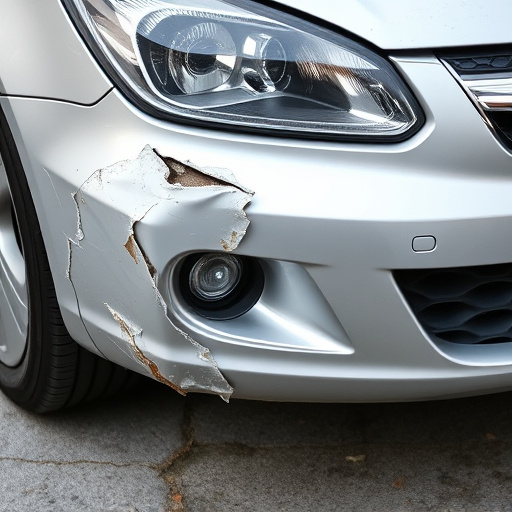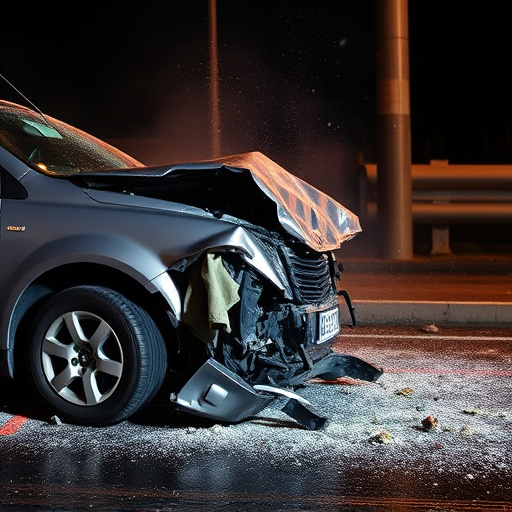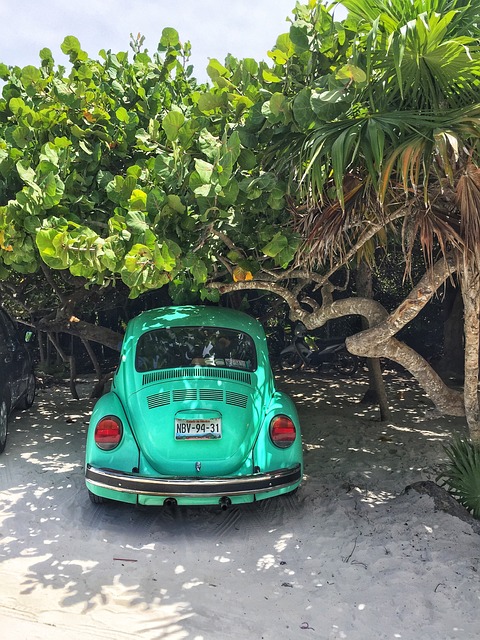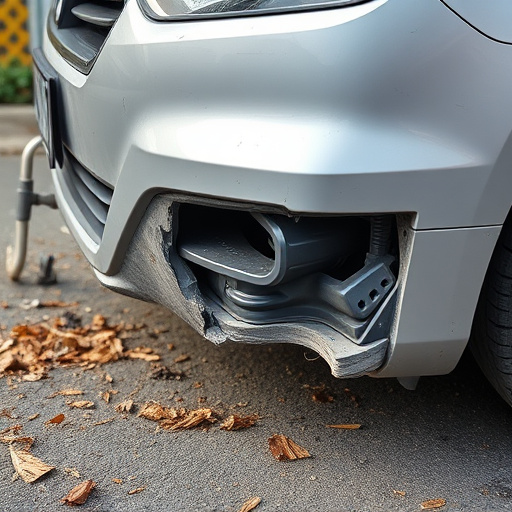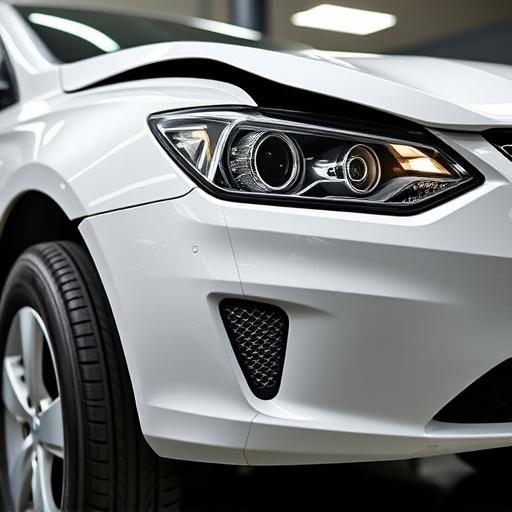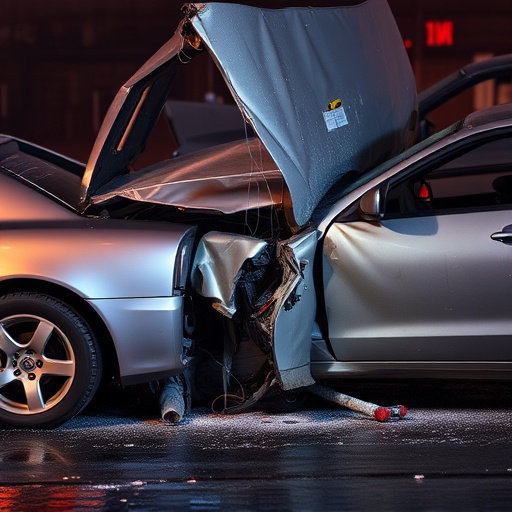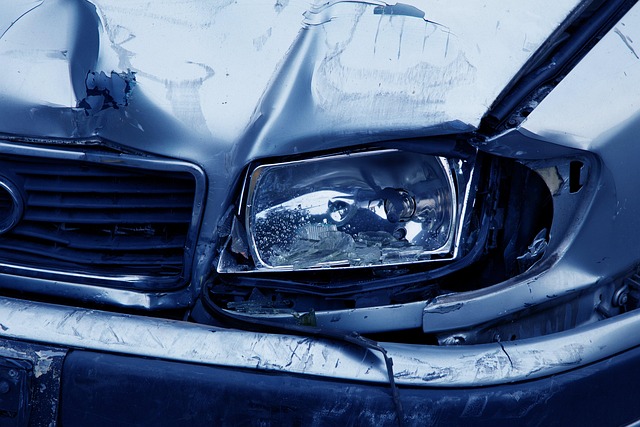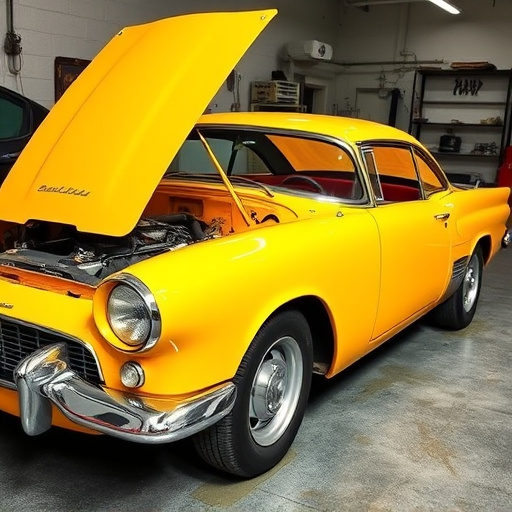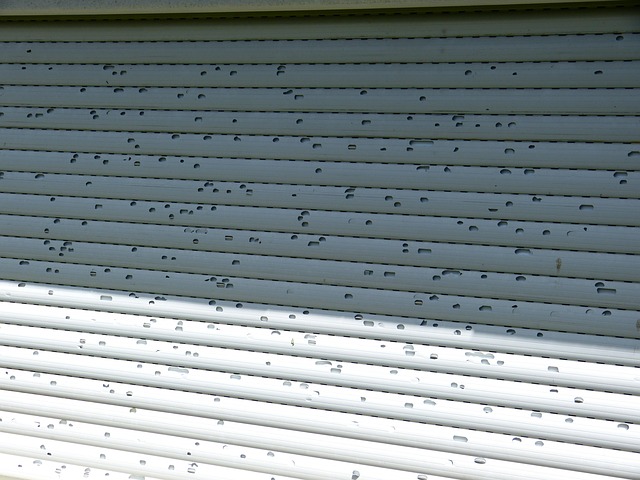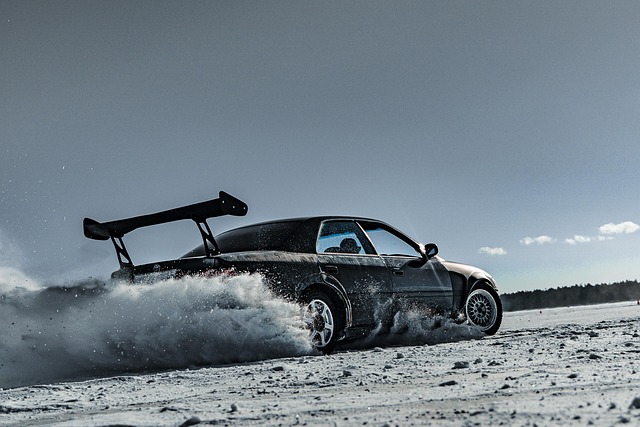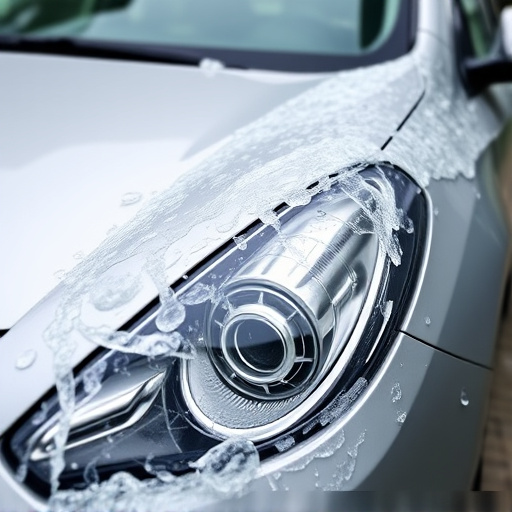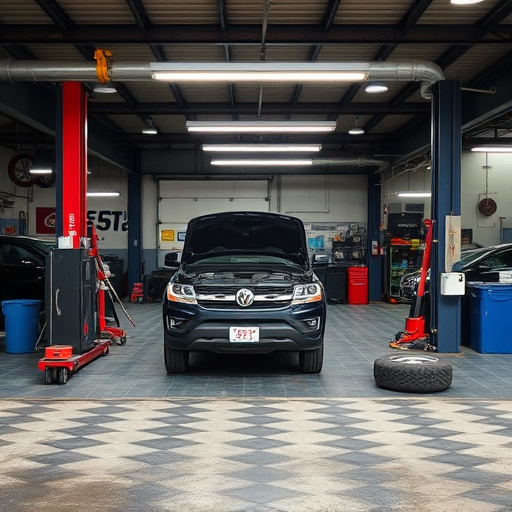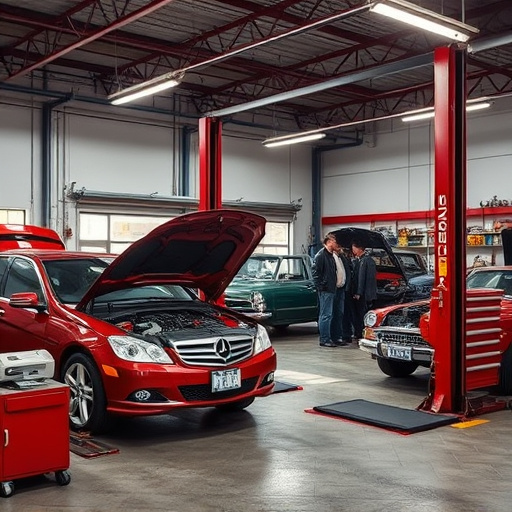Bumper reinforcement repair is crucial for maintaining a vehicle's structural integrity and safety after damage from collisions or harsh conditions. Signs like dents, deformities, misalignments, and cracks indicate the need for timely repairs to prevent costly future issues and ensure long-term vehicle reliability. The process involves detailed inspection, skilled removal of damaged bumpers, replacement of needed parts, precise welding or bonding of reinforcement bars, and thorough testing to guarantee optimal vehicle performance upon completion.
Bumper reinforcement, also known as bumper bar support, is a crucial component of your vehicle’s safety system. It plays a vital role in absorbing and distributing crash energy during collisions. However, over time or due to accidents, these reinforcements can sustain damage, rendering them ineffective. This article delves into the common causes necessitating bumper reinforcement repair, helping you recognize when this service is essential for your vehicle’s safety and structural integrity.
- Understanding Bumper Reinforcement: Its Role and Common Damages
- When to Opt for Bumper Reinforcement Repair: Signs and Benefits
- The Process of Bumper Reinforcement Repair: Step-by-Step Guide
Understanding Bumper Reinforcement: Its Role and Common Damages
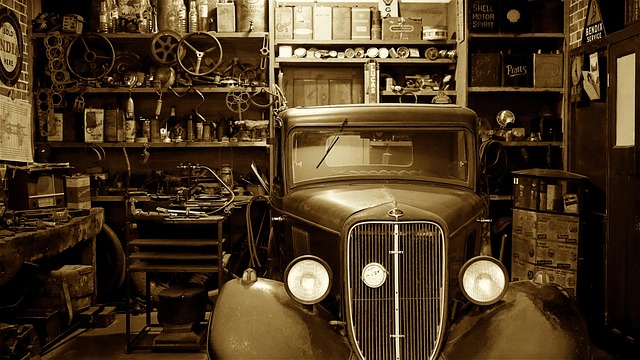
Bumper reinforcement, often referred to as a bumper bar or impact beam, is a crucial component in a vehicle’s front or rear end structure. Its primary role is to absorb and distribute the force of a collision, protecting both the vehicle and its occupants by reducing the risk of severe damage during an accident. This essential part is designed to deform and crumple upon impact, dissipating energy and preventing it from transmitting directly into the cabin.
Common damages to bumper reinforcement can occur due to various reasons such as rear-end collisions, parking incidents, or even minor road debris. Over time, continuous exposure to harsh conditions like extreme temperatures and road salt can also weaken its integrity. When a collision occurs, the bumper reinforcement might bend, crack, or completely separate from the vehicle’s chassis. Such damages not only compromise the structural safety of the car but also affect its overall appearance. Prompt recognition of these issues is vital as it prompts owners to seek professional auto body repair services at a trusted collision repair center, ensuring effective bumper reinforcement repair to maintain both vehicle functionality and safety standards.
When to Opt for Bumper Reinforcement Repair: Signs and Benefits
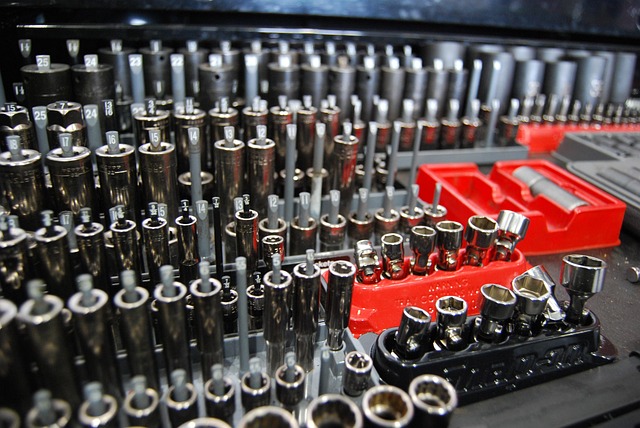
If your vehicle’s bumper has sustained damage, it may be tempting to simply ignore it and hope for the best. However, opting for bumper reinforcement repair is often a wise decision for several reasons. Dented or crushed bumpers can compromise the structural integrity of your car, especially in the event of a collision. Ignoring such damage could lead to more severe safety hazards down the line, affecting the overall performance and safety of your vehicle.
Recognizing the signs that indicate the need for bumper reinforcement repair is crucial. These include noticeable dents, deformities, or misalignments in the bumper, as well as any visible cracks or breaks. Benefitting from prompt repairs not only enhances the aesthetic appeal of your car but also ensures the long-term reliability and safety of its body structure. Moreover, addressing bumper damage early on can prevent more extensive and costly auto repair shop visits in the future, making it a practical choice for vehicle owners.
The Process of Bumper Reinforcement Repair: Step-by-Step Guide
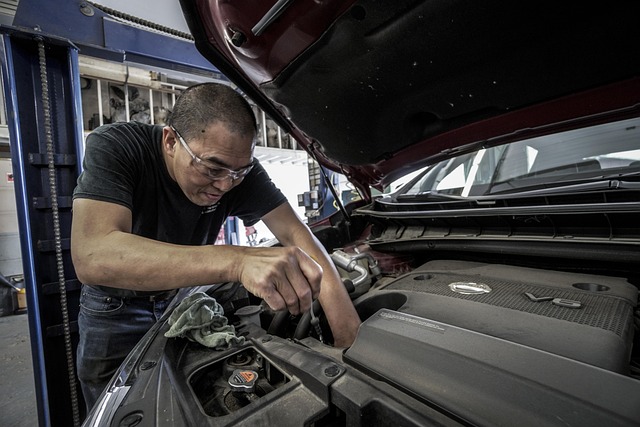
The process of bumper reinforcement repair is a meticulous art that involves several crucial steps to ensure your vehicle’s safety and aesthetic appeal. It begins with a thorough inspection to identify the extent of damage, whether it’s a dent, crack, or complete detachment. This initial assessment determines the course of action, which often includes removing the damaged bumper, cleaning and preparing the surface, and acquiring any necessary replacement parts.
Next, skilled technicians use specialized tools to pop out and replace the damaged reinforcement bars, ensuring each piece is securely fitted. In many cases, this involves precise welding or bonding to ensure structural integrity. After the repairs are completed, the bumper is thoroughly tested for stability and functionality. This step-by-step approach guarantees that your vehicle not only looks like new but also performs optimally, making it a reliable process in any auto dent repair or collision center.
Bumper reinforcement repair is not just about aesthetics; it’s a safety measure that ensures your vehicle’s structural integrity. By addressing damaged or weakened bumper reinforcements, you mitigate the risk of more severe collisions and improve overall car safety. Regular inspections and prompt repairs can save you from costly future repairs and enhance your driving experience. Remember, a well-maintained vehicle is a safer one.

